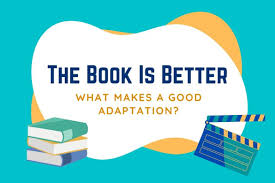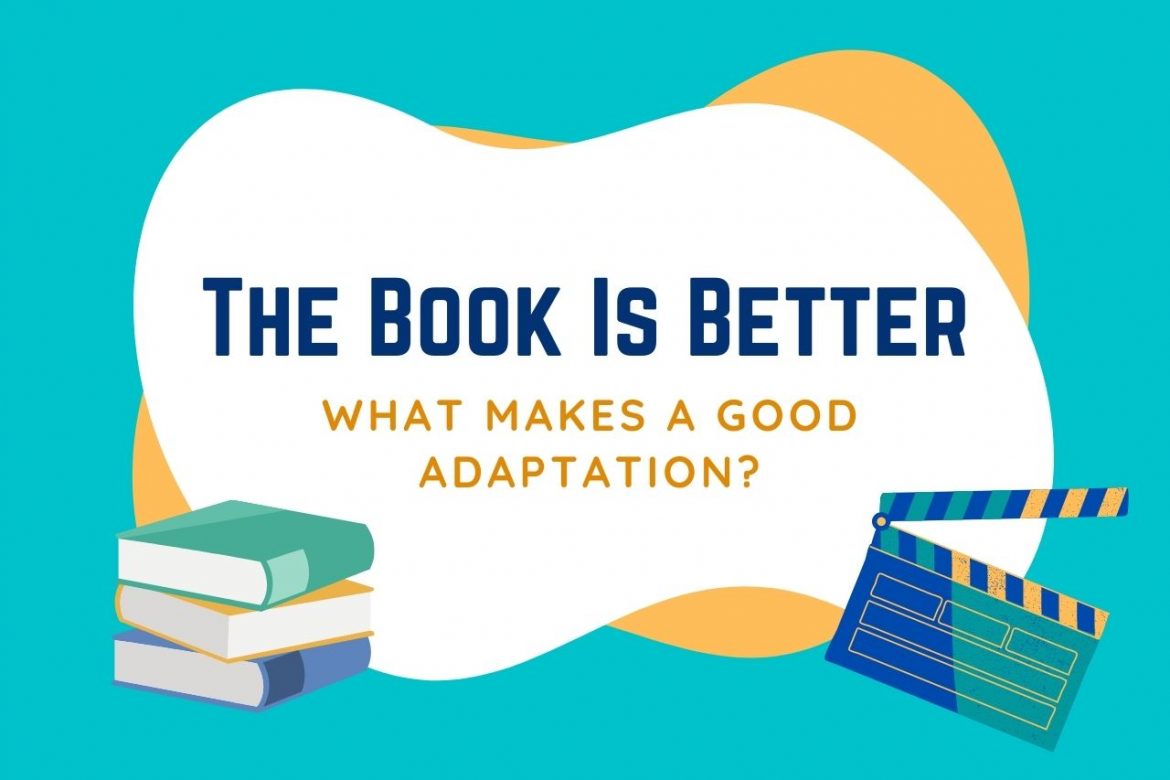
The Art of Literary Adaptations: What Makes Them Succeed or Fail?
The Art of Literary Adaptations: What Makes Them Succeed or Fail? Literary adaptations have long been a cornerstone of the film industry, bridging the gap
The Official Website of E.B. Brown
Literary adaptations have long been a cornerstone of the film industry, bridging the gap between the written word and the visual storytelling of cinema. While some adaptations capture the essence of their source material and become celebrated works in their own right, others falter, leaving fans disappointed and critics unimpressed. The success of a literary adaptation depends on several factors: fidelity to the source material, its reinterpretation for the cinematic medium, and the creative choices that align with the story's core themes.

A successful adaptation often honors the essence of the original work—its tone, themes, and emotional depth—rather than rigidly adhering to every plot detail. This balance allows filmmakers to stay true to the heart of the story while making necessary adjustments for the screen.
Staying true to the spirit of the source material fosters resonance with both fans of the book and newcomers, creating a cinematic experience that feels authentic and meaningful.
Books offer narrative tools that are not easily transferable to film, such as internal monologues, detailed exposition, and sprawling subplots. Filmmakers must creatively reinterpret these elements to suit the visual and temporal nature of cinema.
When filmmakers successfully reimagine literary elements in cinematic terms, adaptations can feel as rich and layered as the books that inspired them.
Adapting a novel into a feature film often requires significant condensation, but when too much is cut, the story can lose depth and coherence.
This highlights the risk of adaptations becoming superficial when filmmakers attempt to include too much or focus only on the novel’s most visually appealing aspects.
While faithfulness to the source material is important, some adaptations shine by taking creative liberties that bring fresh perspectives or elevate the story for the screen.
Rigidly faithful adaptations can sometimes feel uninspired, failing to leverage the visual and emotional potential of cinema. Conversely, adaptations that respectfully innovate often resonate as standalone masterpieces.
Adapting classic novels presents unique challenges. The weight of expectations often pushes filmmakers to remain overly faithful to the text, resulting in films that are visually stunning but emotionally static.
The best adaptations of classics embrace the spirit of the story while reimagining its presentation to captivate contemporary viewers.
The success of any adaptation ultimately depends on the synergy between directors, screenwriters, and actors. Each contributor must understand and respect the source material while adding their unique creative vision.
Literary adaptations are both a tribute to the original work and an independent creative endeavor. The most successful adaptations balance fidelity with innovation, reinterpreting the story to suit the unique capabilities of film while preserving the heart of the book.
When done well, adaptations can enrich our appreciation of the source material, offering new perspectives and experiences that deepen our connection to the story. Whether through faithful recreations or bold reimaginings, the art of adaptation continues to demonstrate the enduring power of storytelling across mediums.

The Art of Literary Adaptations: What Makes Them Succeed or Fail? Literary adaptations have long been a cornerstone of the film industry, bridging the gap

Literature vs. Film: Which Medium Tells a Better Story? The debate over whether literature or film is the superior storytelling medium has fascinated audiences for

Unlocking Inner Worlds: How Filmmakers Translate Literary Introspection into Cinematic Brilliance Adapting a novel’s inner monologues into film poses a unique challenge: how to convey